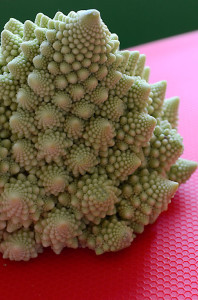Equivalenices – Ansel Adams
After what was a pretty rotten morning thanks to train disruptions and general travel woes I was really looking forward to getting to the Ansel Adams show at the National Maritime Museum. I am not sure what I expected and I was intrigued about the link with the NMM, what I found was a truly awe-inspiring. Adams is well known as occupying a significant place in the history of photography, particularly as a consummate technician, but there was something incredibly emotional about being in such close proximity with this collection of prints.
They ranged from very intimate and small early works to enormous prints that I found quite staggering particularly in terms of the technology he had available to create them at the time.
Two things particularly landed with me on leaving the exhibition. Firstly, the notion of equivalencies that he developed from the influence of Stieglitz.
When I see something I react to it and I state it, and that’s the equivalent of what I felt. So I give it you as a spectator, and you get it or you don’t get it, but there’s nothing on the back of the print that tells you what you should get.
Ansel Adams
I was incredibly struck by his notion of representing what he felt and this was something I don’t think I had truly understood in the way he created his work before.
The other thing that I was intrigued to hear from the film clips and interviews with Adams was this notion of seeing an image in his mind’s eye before he shot it. This is something I have increasingly noticed is important for me when I am doing my assignments and I think is in part why I have struggled with some of the colour exercises. I found it much harder to see beforehand what I was aiming for. To hear him talk of not making a shot before he had seen it in his subconscious was a real revelation.
When words become unclear, I shall focus with photographs. When images become inadequate, I shall be content with silence.
Ansel Adams
